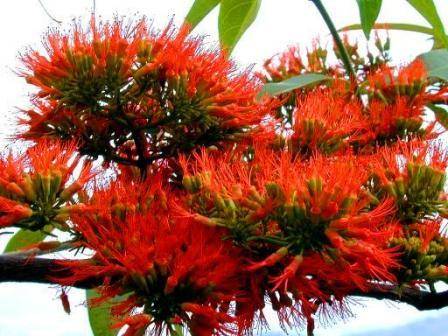
Flame Creeper - Combretum microphyllum Tree Seeds - Indigenous
Check my rate
| Main centres: | 1-3 business days |
| Regional areas: | 3-4 business days |
| Remote areas: | 3-5 business days |

| Main centres: | 1-3 business days |
| Regional areas: | 3-4 business days |
| Remote areas: | 3-5 business days |
Combretum microphyllum Seeds Family: Combretaceae
This is a spectacular creeper providing a spring spectacle of flaming crimson, flowering splendour. It is an excellent plant to fill the gaps in larger gardens. Description
Distribution Derivation of name and historical aspects The name Combretum was used by Pliny and means climbing plant in Latin, but the reference was to a different plant. The species epiphet microphyllum might refer to the tiny leaves often borne in the inflorescence.
Ecology Uses and cultural aspects The bid amount is for 1 Seed We'll supply you with all the germination and care instructions. See lots more interesting, unusual & rare plant seeds by clicking on the link below. Thanks. |